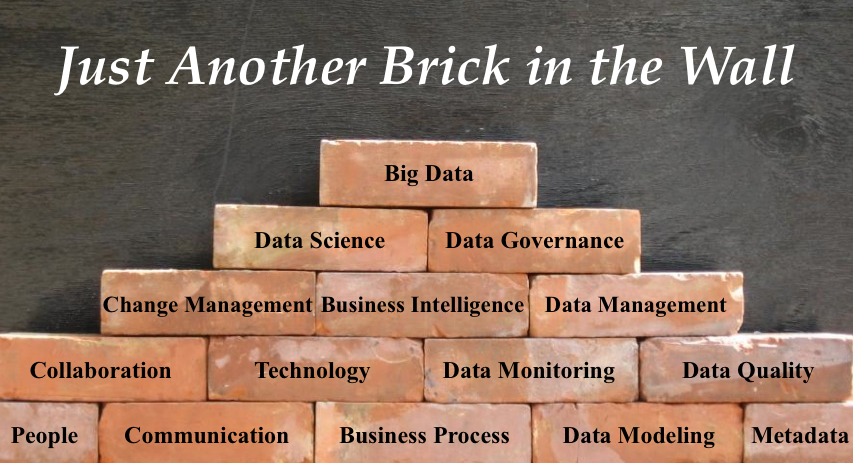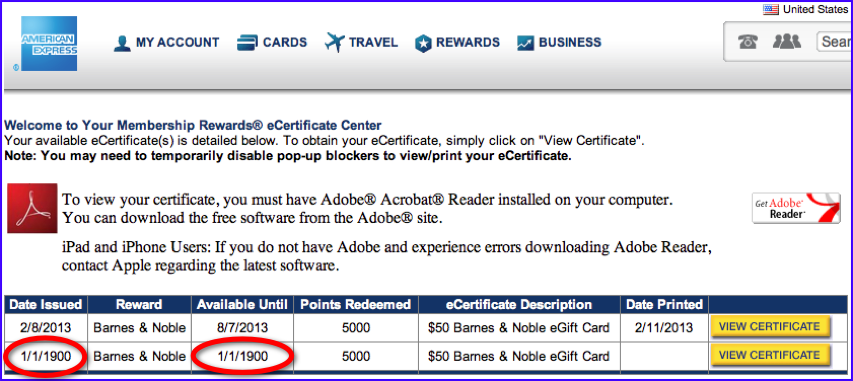Data Quality Project Management
/OCDQ Radio is an audio podcast about data quality and its related disciplines, produced and hosted by Jim Harris.
During this episode, Adam Cox and I discuss data quality project management, avoiding data quality becoming an afterthought on data integration and data migration projects, the difference and relationship between data ownership and data stewardship, regulatory requirements for data quality, and the importance of getting buy-in from business stakeholders.
Adam Cox is a data management professional with over ten years of experience working in the public and private sector in the United Kingdom (UK). He is an experienced project and technical manager working on large-scale projects involving significant data migration and data integration. Adam Cox is currently working for an established UK financial institution as a Data Quality Consultant, mainly on regulatory reporting projects.
Popular OCDQ Radio Episodes
Clicking on the link will take you to the episode’s blog post:
- Demystifying Data Science — Guest Melinda Thielbar, a Ph.D. Statistician, discusses what a data scientist does and provides a straightforward explanation of key concepts such as signal-to-noise ratio, uncertainty, and correlation.
- Data Quality and Big Data — Guest Tom Redman (aka the “Data Doc”) discusses Data Quality and Big Data, including if data quality matters less in larger data sets, and if statistical outliers represent business insights or data quality issues.
- Doing Data Governance — Guest John Ladley discusses his book How to Design, Deploy and Sustain Data Governance and how to understand the difference and relationship between data governance and enterprise information management.
- Demystifying Master Data Management — Guest John Owens explains the three types of data (Transaction, Domain, Master), the four master data entities (Party, Product, Location, Asset), and the Party-Role Relationship, which is where we find many of the terms commonly used to describe the Party master data entity (e.g., Customer, Supplier, Employee).
- Measuring Data Quality for Ongoing Improvement — Guest Laura Sebastian-Coleman discusses bringing together a better understanding of what is represented in data with the expectations for use in order to improve the overall quality of data.
- The Blue Box of Information Quality — Guest Daragh O Brien on why Information Quality is bigger on the inside, using stories as an analytical tool and change management technique, and why we must never forget that “people are cool.”
- Data Governance Star Wars — Special Guests Rob Karel and Gwen Thomas joined this extended, and Star Wars themed, discussion about how to balance bureaucracy and business agility during the execution of data governance programs.
- Good-Enough Data for Fast-Enough Decisions — Guest Julie Hunt discusses Data Quality and Business Intelligence, including the speed versus quality debate of near-real-time decision making, and the future of predictive analytics.
- The Johari Window of Data Quality — Guest Martin Doyle discusses helping people better understand their data and assess its business impacts, not just the negative impacts of bad data quality, but also the positive impacts of good data quality.
- The Art of Data Matching — Guest Henrik Liliendahl Sørensen discusses data matching concepts and practices, including different match techniques, candidate selection, presentation of match results, and business applications of data matching.
- Data Profiling Early and Often — Guest James Standen discusses data profiling concepts and practices, and how bad data is often misunderstood and can be coaxed away from the dark side if you know how to approach it.
- Studying Data Quality — Guest Gordon Hamilton discusses the key concepts from recommended data quality books, including those which he has implemented in his career as a data quality practitioner.











